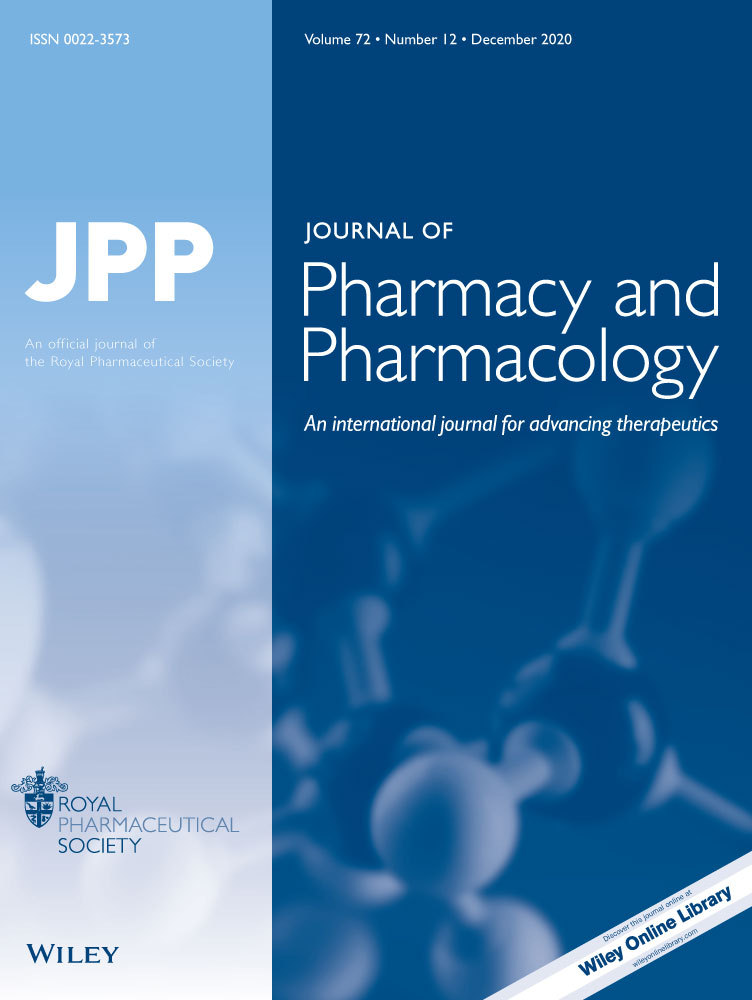Distribution of 7-hydroxymethotrexate in human blood
Abstract
Abstract— We have examined the in-vitro distribution of 7-hydroxymethotrexate (7-OH-MTX), a cytotoxic metabolite of methotrexate (MTX), in human blood, and its protein binding in serum. The distribution of 7-OH-MTX (10−6 M) in fresh samples of whole blood was studied at 37 °C and pH 7.51 ± 0.05 (mean ± s.d.), and its protein binding was assessed by equilibrium dialysis of serum against Krebs Ringer phosphate buffer at 37 °C and pH 7.41 ± 0.07 (mean ± s.d.). 7-OH-MTX had a mean cell/plasma concentration ratio of 0.03 (range 0–0.27, n = 18). It was extensively bound in human serum, with a bound fraction of 90.4 ± 3.3% (mean ± s.d.) in healthy volunteers (n = 11), and significantly lower, 82.3 ± 4.0% (mean ± s.d.), in hypoalbuminaemic surgical patients (n = 7). The binding of 7-OH-MTX was correlated with serum albumin (HSA) concentrations (r = 0.72, P < 0.0007, n = 18). Blood distribution data support the contention that 7-OH-MTX has a small volume of distribution, and HSA appears to be mainly responsible for the high degree of its protein binding in serum.




